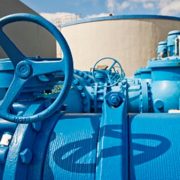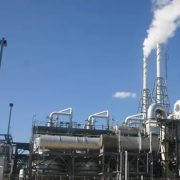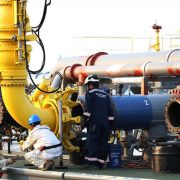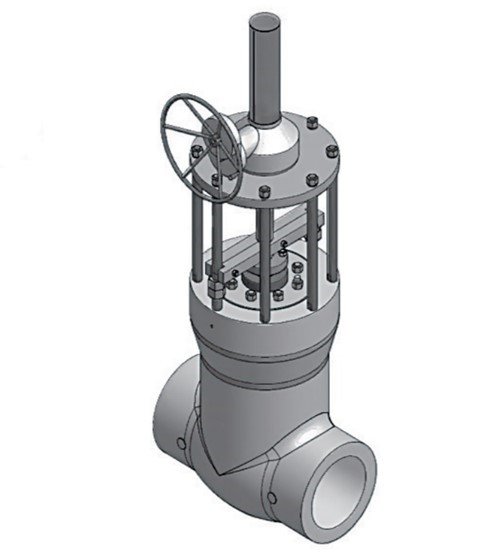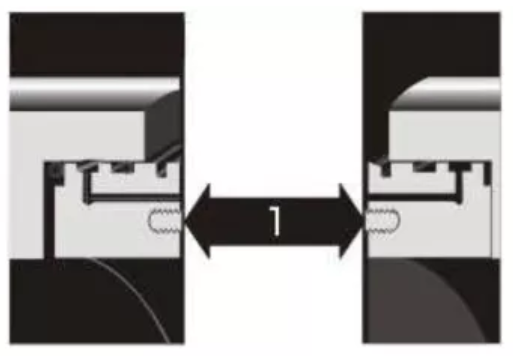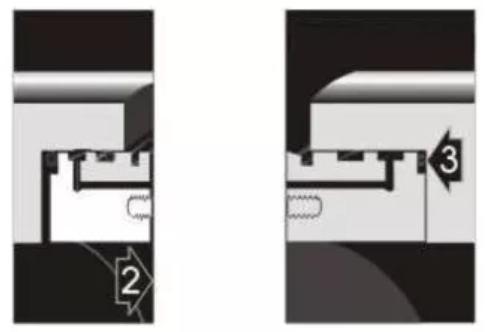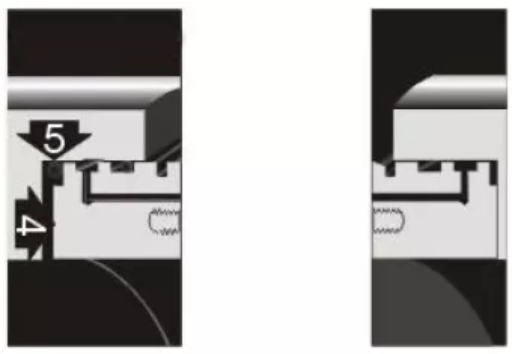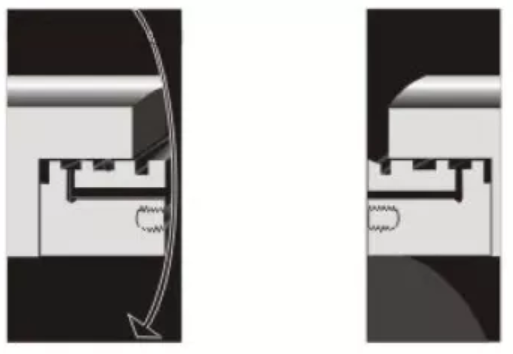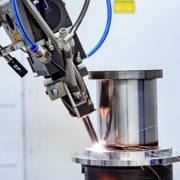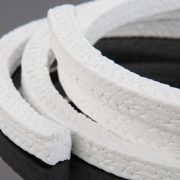Buy a check valve for sewer pipes
A check valve is a type of control valve that controls pressure on production vessels and the pipeline system releases upstream pressure when a designated set point is reached. The disc of valve open or close by medium flow is called a check valve which is a kind of automatic valve for a one-way flow of the pipeline, which is only allowed medium flows in one direction of the pipeline system. With so many check valves on the market, finding the right one for your use can be a challenge. Before you start buying check valves, make sure you know the answers to these questions.
The check valve is used to prevent the backflow of medium, the pump and drive motor reversal and the discharge of the container medium. The purpose of the valve and the operating environment are critical. Mis-check valve installation is very common in the sewer pipeline system, generally, we should choose the check valve according to the pipe size and pressure.

Flow rates
Flow rates are measured in gallons per minute (GPM) and gallons per hour (GPH), with higher wear rates for medium passing through valves at rates greater than 8 feet per second, whether for rubber soft-seal valves or metal hard-seal valves. The faster the flow, the greater the wear, the shorter the life of the check valve. Knowing the flow rate can help you select the check valve that best suits your specific requirements.
Check valve types
Check valve selection for incompressible fluids begins with the selection of valve type for closing speed and pressure. The check valves can be divided into lift check valves, swing check valves and butterfly check valves. Swing check valves are suitable for large bore applications with low flow rates and little variation inflow, and lift check valves are especially suitable for sewage and sludge systems. Butterfly double-disc check valves are suitable for building water supply pipes, pipes with chemical corrosion with limited installation space, as well as sewer pipes
Installation direction
Check valves should be installed in the pump outlet or front of the control valve for maintaining convenience. Swing check valves can be installed in unlimited positions on horizontal, vertical, or sloping lines, as well as butterfly check valves. Diaphragm check valves are suitable for piping where water hammer is likely to occur because the diaphragm is good at eliminating the water hammer effect of medium backflow, usually used for low-pressure normal temperature pipes, especially water pipes. The temperature is between -12-120℃, the working pressure is < 1.6mpa, DN≥2000mm.

